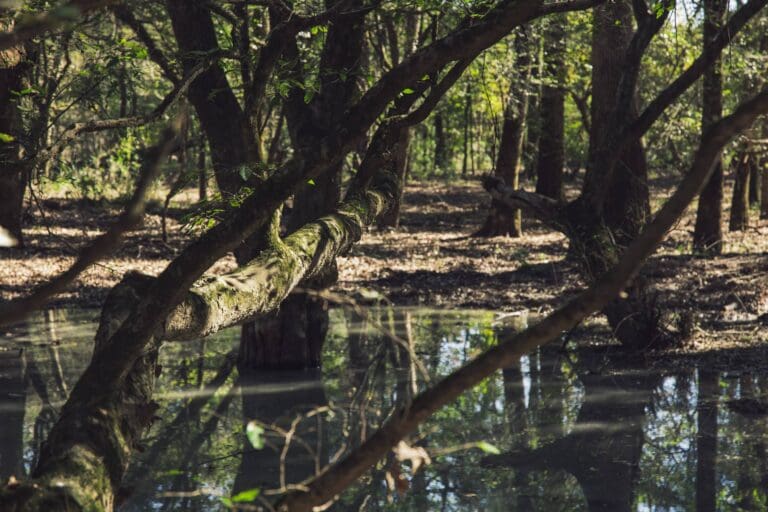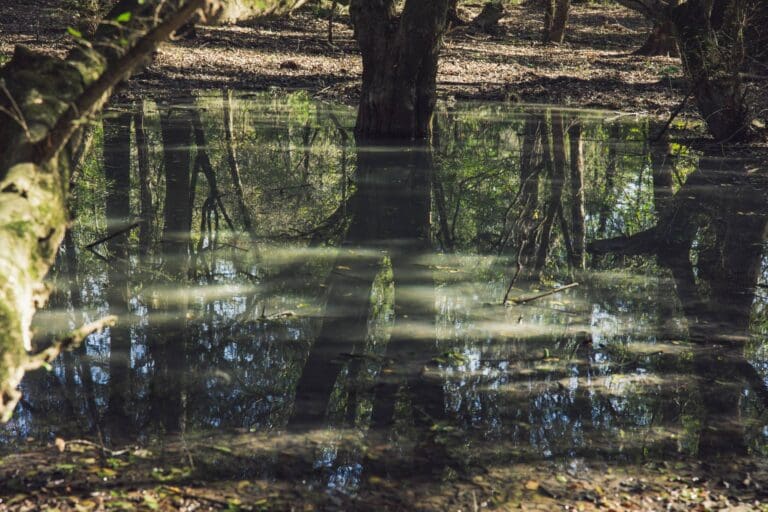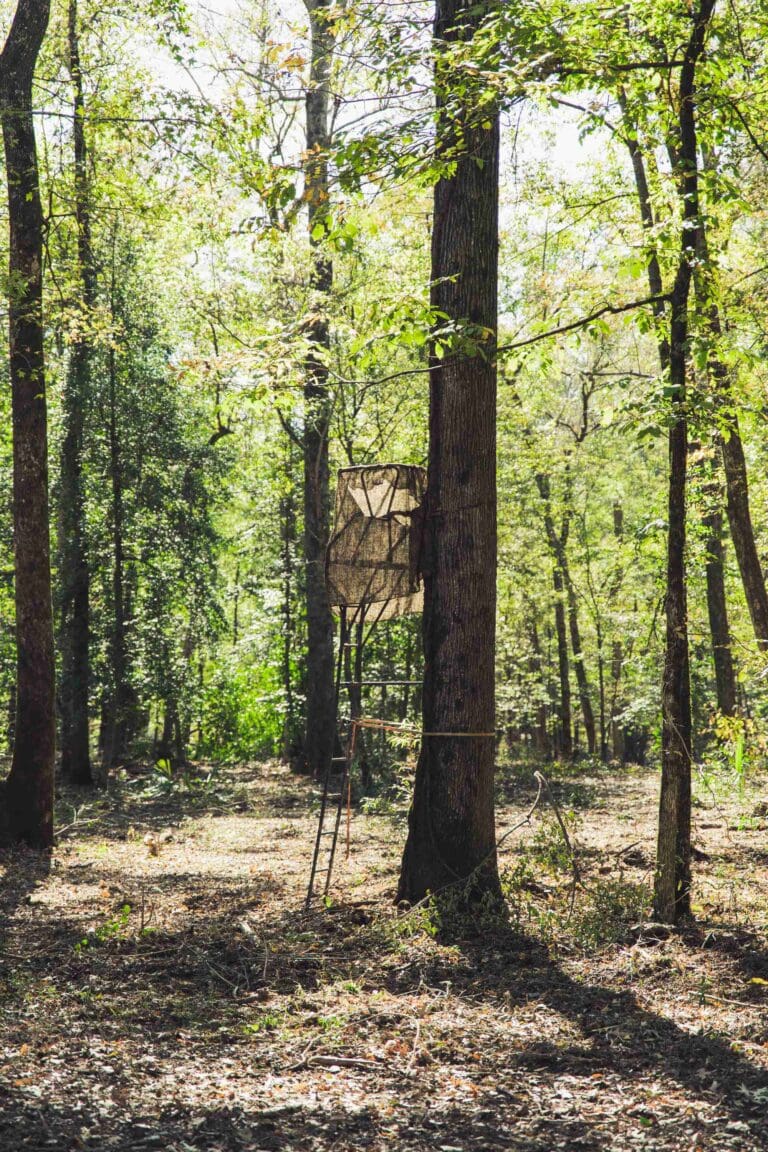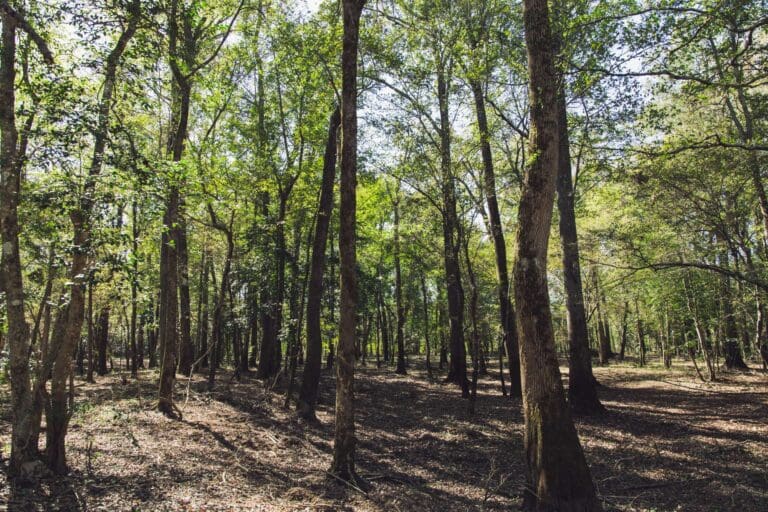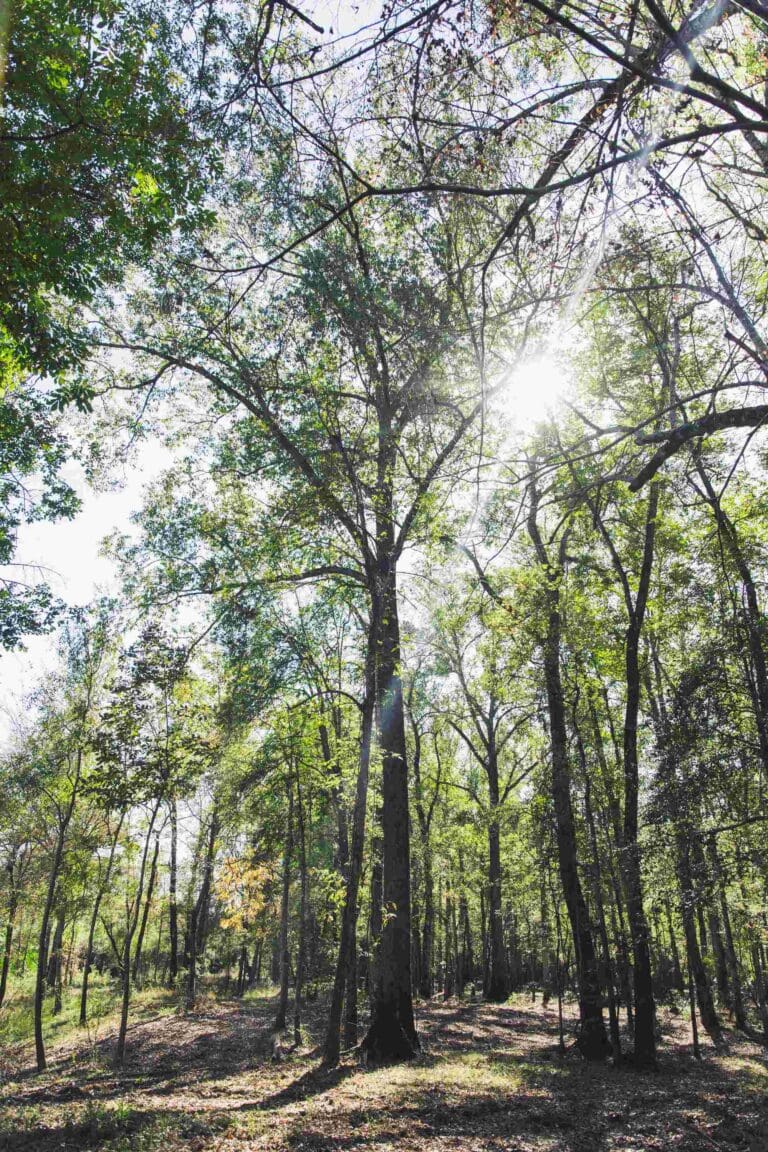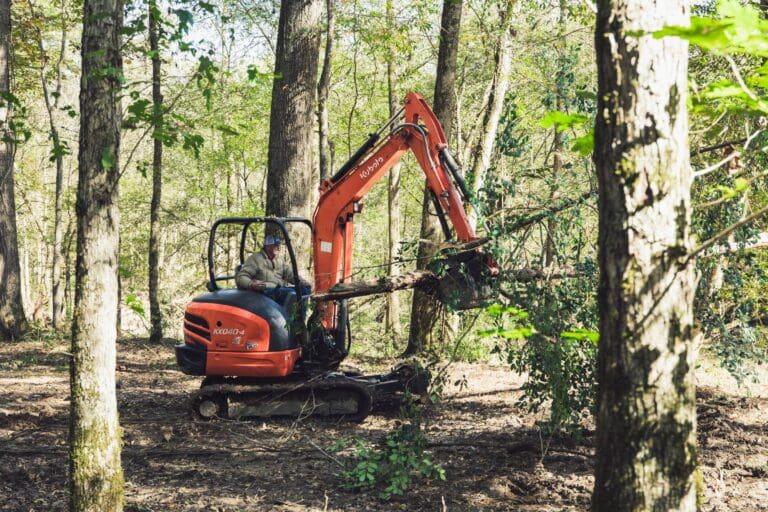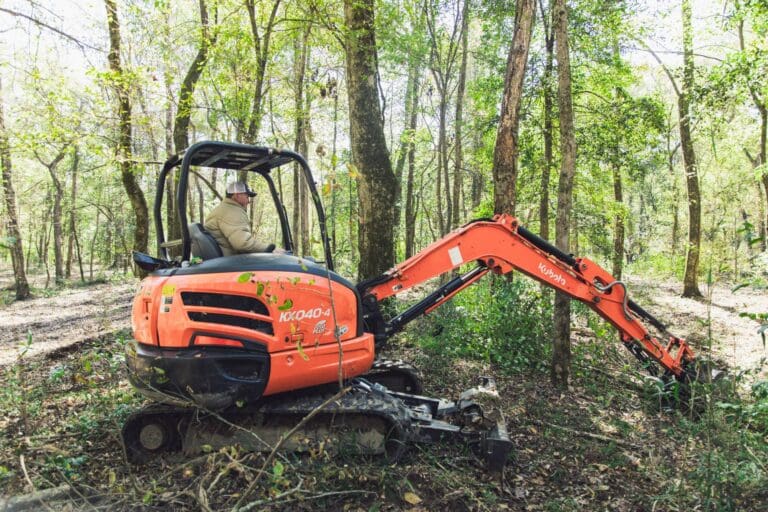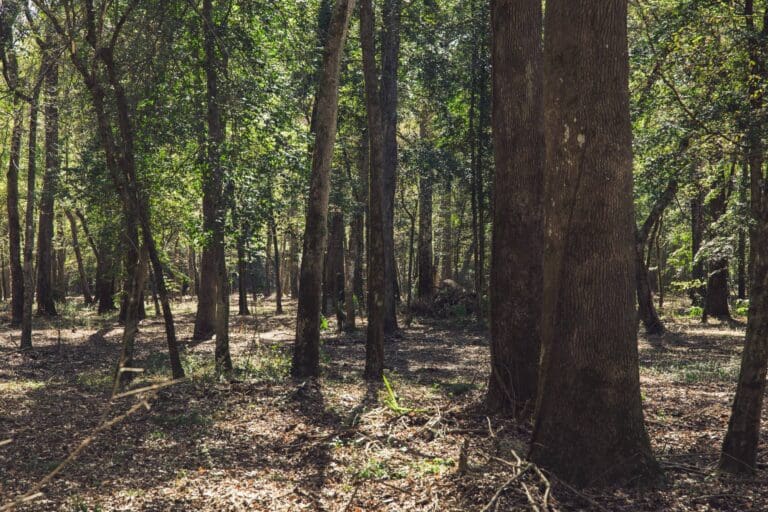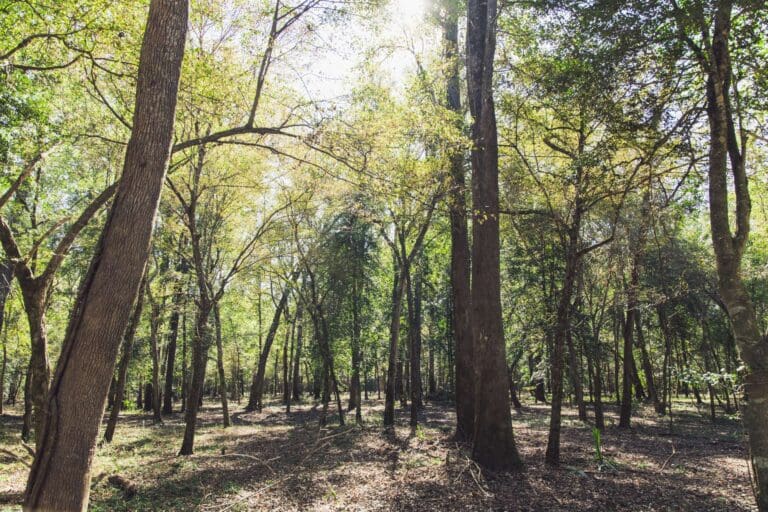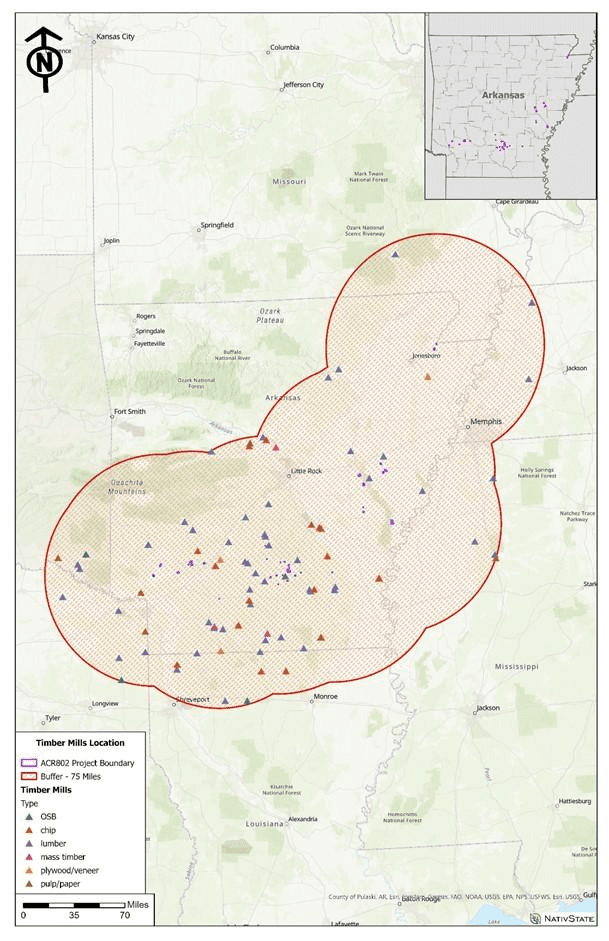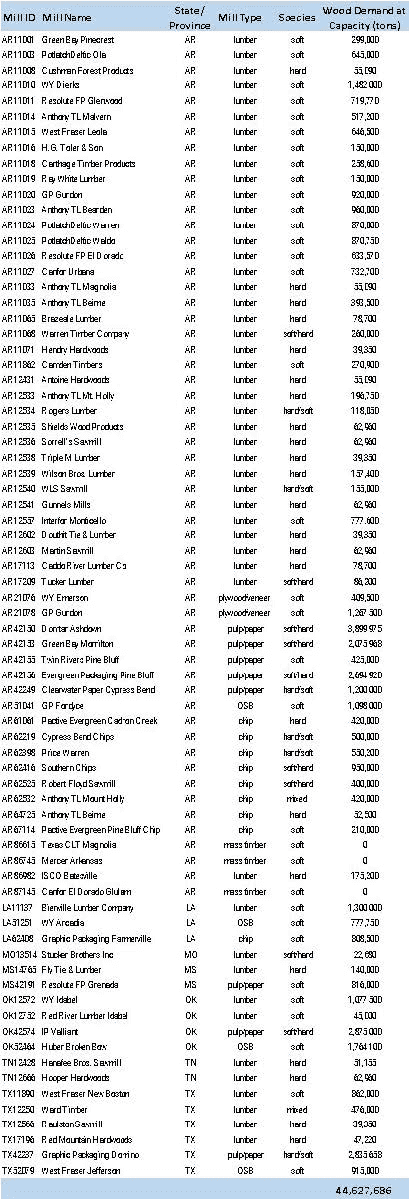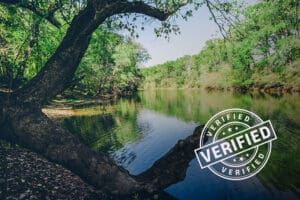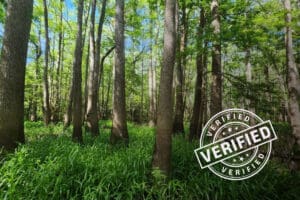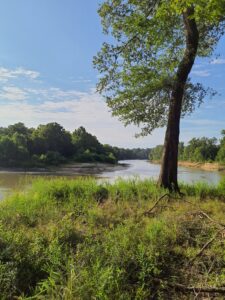The NativState Mixed Upland Forests of the Ozarks & Ouachita Mountains is a first of its kind, Programmatic Development Approach (PDA) to Improved Forest Management project. The project aggregates forestlands...
View Project Details →
Bottomland Forests of the Mississippi Delta and Coastal Plains
ACR 802
8.9K
Acres Conserved
470K
Credits
Location
Mississippi Delta
Method
IFM 2.0
Standard
American Carbon Registry
Serenity by the Waters
The Bottomland Forests of the Mississippi Delta & Coastal Plains is a first of its kind Programmatic Development Approach (PDA) to Improved Forest Management. It aggregates forestlands from across the eco-regions of eastern and southern Arkansas with a unified commitment to maintaining forest CO2e stocks through certified sustainable management and providing significant climate benefits through carbon sequestration from native forests.
Bottomland hardwood forests provide numerous ecosystem services, including water quality protection, carbon sequestration and economic benefits from outdoor recreation and tourism. The region is considered the heart of the Mississippi Flyway, where more than 40 percent of North America’s waterfowl and 60 percent of all U.S. bird species migrate or winter, and more than 100 different type of land birds breed.

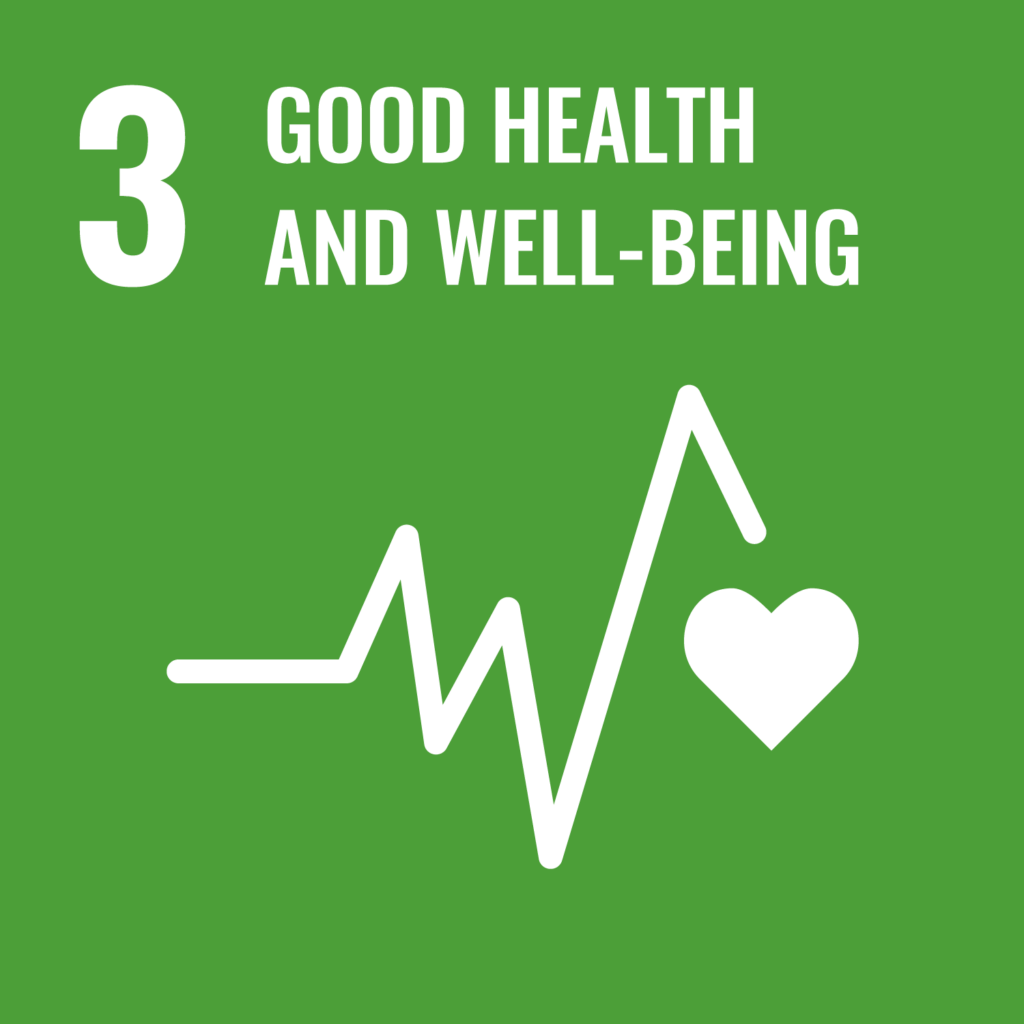
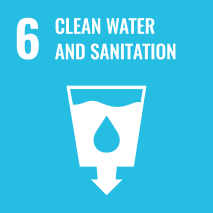

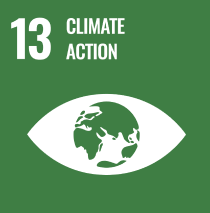
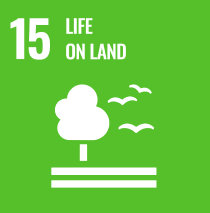
Additionality through Forest Conservation in Timber Production Region
The standard long-term practice for forest lands across the thirteen Arkansas counties covered by ACR 802 is maximizing the Net Present Value (NPV) of forestlands, especially hardwood and mixed hardwood stands, through aggressive harvesting followed by natural regeneration.
According to the U.S. Forest Service, Arkansas is the #3 state for economic impact of forestry in the United States and is #1 among Southern states. The timber industry has an annual value-added impact of $6.5 billion with an annual payroll of $1.7 billion.
By partnering with NativState, the small- to medium- landowners enrolled in ACR 802 will realize a financial return through forest conservation that was previously unavailable.
The credits delivered from 802 are conservatively developed to ensure that availability is not over-supplied while enabling a meaningful return to the landowners and communities in which they live.
Project Baselines & Additionality: ACR 802
Additionality in ACR 802 is derived from:
- Reduced harvesting, rotation extension, timber stand improvement
- Enrollment in American Tree Farm System
- Firebreaks and controlled burning to reduce forest fire risk
- Measuring/Monitoring and reporting of carbon sequestration and forest health
- Baseline vs. IFM financial analysis
- Mandatory implementation of voluntary best management practices (BMPs)
The Baseline scenario represents forestry common practices in the project region against which the project’s performance is measured. It includes the business-as-usual scenario but may also incorporate other potential scenarios that might affect the project outcomes. NativState ascertains the baseline/common practice forestry management by interviewing well-respected foresters who have extensive experience in the project area. The baseline scenario is used to estimate the amount of carbon sequestration or emissions reductions that would occur without the project’s intervention, considering various factors that might influence forest conditions.
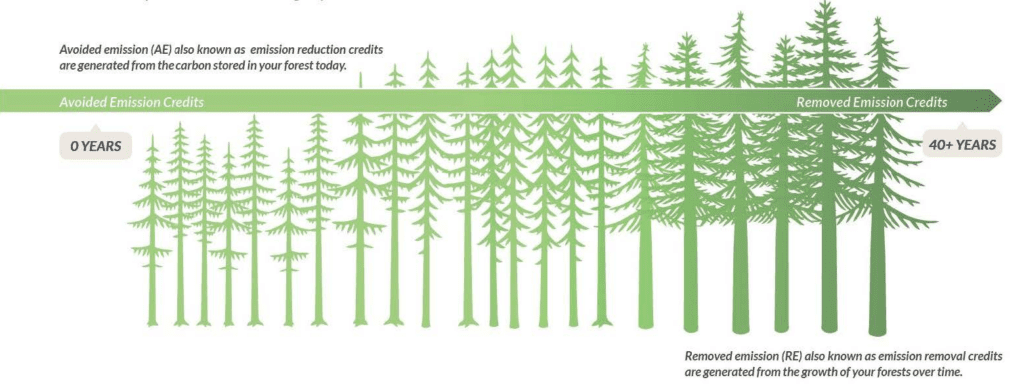
Mill Capacity:
ACR 802
Mill Locations
NativState used FORISK Consulting’s Mill Capacity Database and Mill Database shapefiles to determine mill capacity in the Project area. As shown in the following figure, all mills within a 75-mile radius of the centroid of each Site were within economical haul distance.

Download Our Buyers Guide To High-Quality Carbon Credits
Complete this form to inquire about carbon credits and download our Buyers Guide to Nature-Based Credits.

Additional Projects
ACR 848 | Bottomland Forests of the Louisiana Plains
The Bottomland Forest of the Louisiana Plains project aggregates forestlands across northeastern Louisiana with a commitment to sustainable forest management and provides significant climate benefits through carbon sequestration from native...
View Project Details →ACR 900 | Calion Ouachita River Wilderness
Calion Lumber Company, Inc. is the largest private land conservation project in Arkansas. With over 40,000 acres of bottomland hardwoods conserved along the Ouachita River, it is truly in a...
View Project Details →